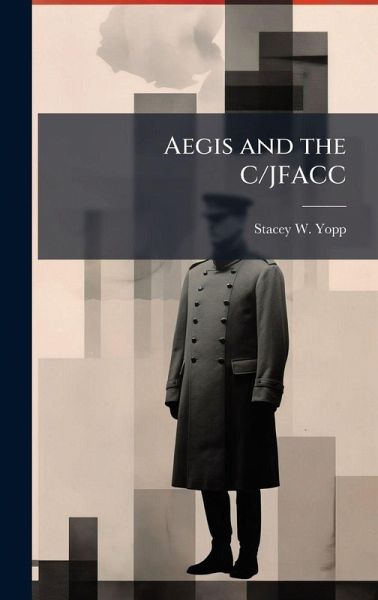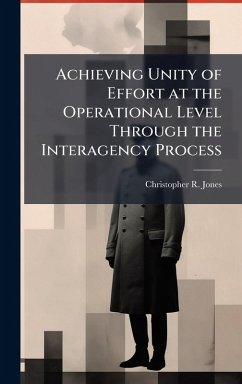
Aegis and the C/JFACC
Versandkostenfrei!
Versandfertig in über 4 Wochen
26,99 €
inkl. MwSt.
Weitere Ausgaben:

PAYBACK Punkte
13 °P sammeln!
The Aegis Weapons System (AWS) was the by product of the cancelled Typhoon air defense system which centered around long and medium range missiles to combat the ever growing threat of Soviet anti-ship missiles in the 1960's. The cancellation of the Typhoon Air Defense program due to weight, cost, and operational considerations led the Navy to establish the Advanced Surface Missile System (ASMS) in 1964. By the end of 1969, the ASMS program was renamed Aegis, and the radar developed as part of ASMS would evolve into the prototype AN/SPY-1. Simultaneously, the Navy built an improved Standard Mis...
The Aegis Weapons System (AWS) was the by product of the cancelled Typhoon air defense system which centered around long and medium range missiles to combat the ever growing threat of Soviet anti-ship missiles in the 1960's. The cancellation of the Typhoon Air Defense program due to weight, cost, and operational considerations led the Navy to establish the Advanced Surface Missile System (ASMS) in 1964. By the end of 1969, the ASMS program was renamed Aegis, and the radar developed as part of ASMS would evolve into the prototype AN/SPY-1. Simultaneously, the Navy built an improved Standard Missile-1 (SM-1) to replace the existing Talos, Terrier, and Tartar missiles. The SM-1 later evolved into the SM-2, which had improved flight performance and a new guidance system needed to complement the Aegis Weapon System. During the next decade and half, the Aegis program office developed and deployed the integrated shipboard combat weapons system that would provide carrier battle groups with a much greater air defense capability and change Naval operations at sea forever. This paper will discuss how the AWS evolved since its inception into the navy starting with the baseline 1.4.1 AWS program in the first five ships of the TICONDEROGA class cruisers to the baseline 7.3 AWS program being installed in the ARLIEGH BURKE class DDGs 78- 92. Additionally, the paper will examine how the SM-2 missile has evolved to combat a changing threat and the implementation of cooperative engagement capability (CEC) and theater ballistic missile defense (TBMD) patch and the SM-3 to provide theater missile defense. Finally, this paper discusses the road ahead for integrating AEGIS platforms into a fully joint environment, and perhaps increasing the role of these ships in the J/CFACC. This work has been selected by scholars as being culturally important, and is part of the knowledge base of civilization as we know it. This work was reproduced from the original artifact, and remains as true to the original work as possible. Therefore, you will see the original copyright references, library stamps (as most of these works have been housed in our most important libraries around the world), and other notations in the work. This work is in the public domain in the United States of America, and possibly other nations. Within the United States, you may freely copy and distribute this work, as no entity (individual or corporate) has a copyright on the body of the work. As a reproduction of a historical artifact, this work may contain missing or blurred pages, poor pictures, errant marks, etc. Scholars believe, and we concur, that this work is important enough to be preserved, reproduced, and made generally available to the public. We appreciate your support of the preservation process, and thank you for being an important part of keeping this knowledge alive and relevant.












